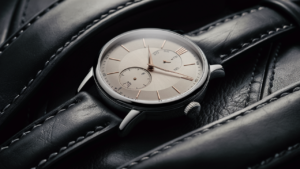When it comes to watches, many people are drawn to their aesthetic appeal or how well they compliment an outfit. But if you’re like me, you’ve probably wondered about the elements that truly make a watch stand out.
The important features of a good quality watch make, the watch fashionable, stylish, unique and outlooking as well.
It’s not just about looks—there’s so much more to consider. From the materials to the movement, every part of a watch plays a role in its quality. Whether you’re a seasoned collector or someone looking for their first timepiece, understanding what makes a good-quality watch can make all the difference.
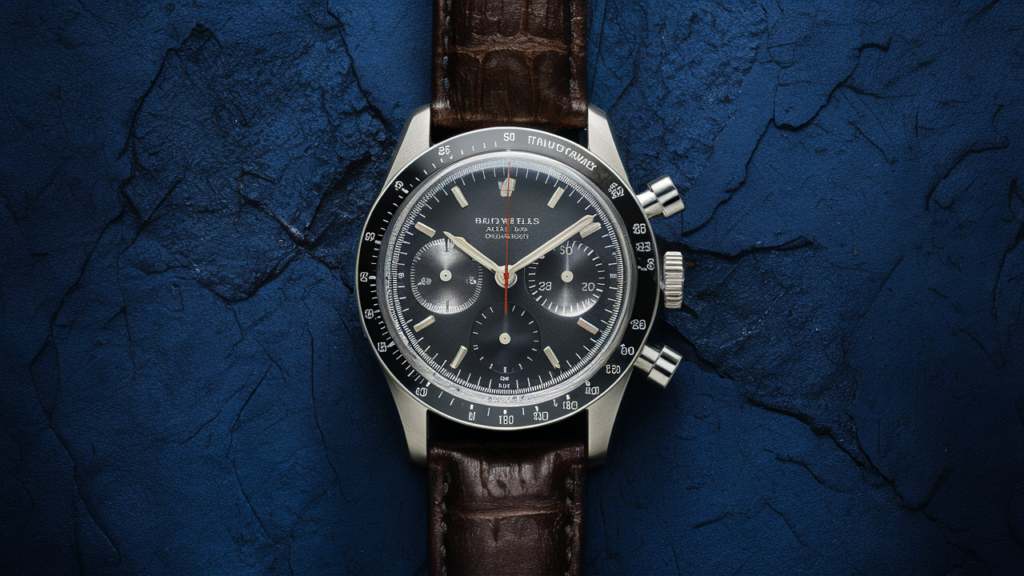
Quality Watch Checklist
- Affordable Watch:
- Look for durable materials like stainless steel and sapphire crystal.
- Choose a reliable movement, such as quartz, for low maintenance.
- Ensure the watch has a good finish and polished details, even at a lower price.
- Interesting to Consider:
- Features like luminous hands or a date function can be useful for everyday wear.
- Watches with interchangeable straps offer versatility and a fresh look without buying a new timepiece.
- Consider the addition of features that might add convenience or appeal, like a stopwatch or a timer.
- Survival Watch:
- Designed for durability in extreme conditions.
- Often includes additional features such as a compass, barometer, or altimeter.
- Ideal for adventure sports or anyone needing a watch that can withstand harsh environments.
Read more about Watch
Discover the Important Features of a Good Quality Watch Before You Buy It:
When shopping for a watch, it’s easy to get overwhelmed by the options available. There are different styles, brands, and features, all vying for your attention. But before you swipe your card or click “buy now,” there are key elements you should evaluate.
A high-quality watch is not just about telling time; it’s about durability, craftsmanship, and style. Let’s dive into the features that can help you determine if a watch is worth your investment.
1. Material of a Watch
The material of a watch is often the first thing you notice, and it’s an important indicator of quality. Watches can be made from a variety of materials, from stainless steel to precious metals like gold or platinum.
Stainless steel is a popular choice because of its durability and resistance to rust, making it perfect for daily wear. If you’re looking for something that will last and stay looking good over time, opt for high-grade materials.
In contrast, watches made of cheaper materials like plastic or low-quality alloys may look good initially but will not stand the test of time. They are more likely to get scratched, dented, or lose their shine. When choosing a watch, always consider the material and how it will hold up in the long run.
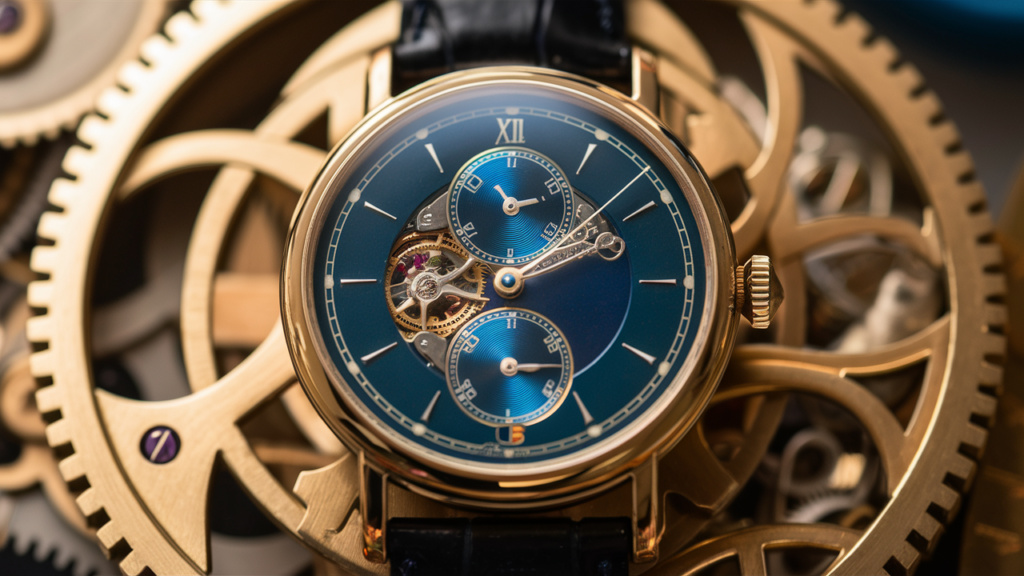
2. Kind of Watch Glass
The glass, or crystal, that covers the watch face is another critical feature to consider. There are three main types of watch glass: acrylic, mineral, and sapphire.
Acrylic is lightweight and affordable but prone to scratches. Mineral glass is tougher and can resist minor scratches, making it a better choice for everyday watches.
However, sapphire crystal is considered the gold standard. It’s incredibly hard and almost impossible to scratch, which is why it’s often found in higher-end watches. If you’re investing in a good-quality watch, sapphire crystal is worth the extra cost for its long-lasting durability.
3. The Watch Movement
The movement of a watch is essentially its heart—this is what keeps the watch ticking. There are mainly three main kinds of movements: quartz, automatic, and mechanical. Quartz watches are known for their accuracy and low maintenance. They are perfect for those who want a reliable and precise timepiece without much fuss.
Automatic and mechanical watches, on the other hand, are powered by the movement of your wrist or by manual winding. These watches are prized for their craftsmanship and the intricate engineering that goes into making them.
While they may require more maintenance, they are often seen as a symbol of luxury and tradition. When choosing a watch, consider whether you prefer the reliability of quartz or the artistry of automatic and mechanical movements.
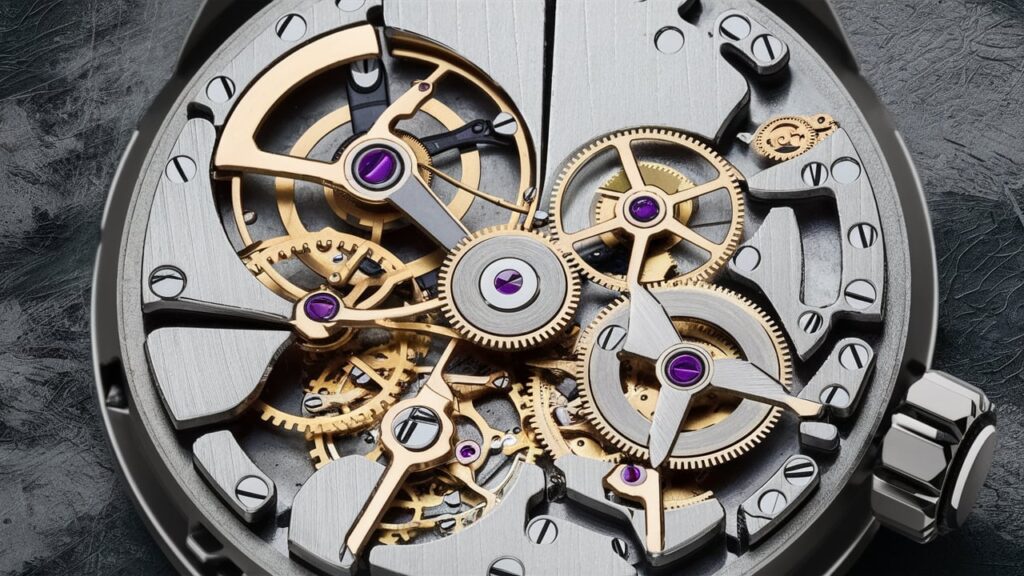
4. The Watch Strap
A watch’s strap can significantly impact both its comfort and appearance. Whether it’s made from leather, metal, or rubber, the strap should be durable and comfortable for everyday wear. Leather straps, for instance, are stylish and versatile, offering a classic look that pairs well with formal and casual outfits alike.
However, leather can wear out over time, especially if it’s exposed to water.
Metal bracelets are another popular option, known for their longevity and durability. These are often made from stainless steel, which is resistant to corrosion.
If you’re looking for a strap that can handle the elements, metal might be the way to go. Rubber straps are also worth considering, especially for sports or diving watches, as they are flexible, water-resistant, and easy to clean.
5. An Affordable Watch Has a Beautiful Finish
A good-quality watch should have a beautiful finish that reflects the craftsmanship behind it. This doesn’t just apply to high-end luxury watches; even an affordable watch can have a finish that catches the eye.
Look for smooth edges, polished surfaces, and well-applied detailing, such as engravings or logos. The finish of a watch is a sign of the care and precision that went into its creation.
The beauty of a well-finished watch is that it looks good from every angle. Even if you’re working with a limited budget, you shouldn’t have to compromise on finish. A quality watchmaker will ensure that their timepieces look great, whether they’re priced at $100 or $1,000.
6. Water Resistance of a Watch
Water resistance is an important feature, especially if you lead an active lifestyle or simply want to avoid damage from accidental splashes. Watches can range from being splash-proof to being fully submersible for diving.
When selecting a watch, consider how much water exposure it’s likely to face. If you’re looking for a watch to wear while swimming or diving, you’ll want something with at least 100 meters of water resistance.
For everyday use, a watch with 30 meters of water resistance is usually sufficient, but if you want added peace of mind, opt for higher levels. A good water-resistant watch will protect its internal components from moisture, ensuring that it continues to function properly over time.
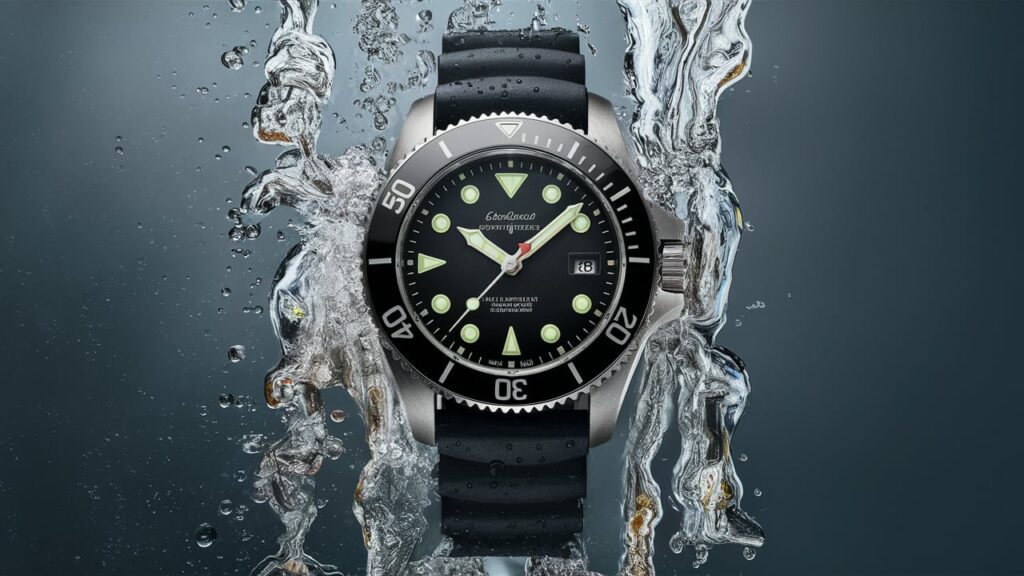
7. The Name and Heritage of a Watch Brand
A watch is more than just a timekeeping device—it’s also a piece of history. The brand’s name and heritage can give you insight into the quality and reliability of the watch.
Well-established brands like Rolex, Omega, and Patek Philippe have earned their reputation for excellence over decades. These brands are known for their commitment to precision, craftsmanship, and innovation.
However, you don’t have to buy a luxury watch to get a high-quality timepiece. Many smaller or less-known brands also produce excellent watches. Researching a brand’s history and values can help you make a more informed decision. A brand with a strong heritage is more likely to stand behind its products and offer better customer support.
FAQs
How do I choose the right movement for my watch?
If you want low maintenance and precision, go for a quartz movement. If you appreciate craftsmanship and don’t mind the occasional maintenance, an automatic or mechanical movement might be a better fit.
Is water resistance necessary for all watches?
Water resistance depends on your lifestyle. For daily wear, minimal water resistance is fine, but for sports or water activities, opt for higher resistance levels.
Finding the perfect watch involves more than just picking something that looks good. You need to consider the materials, movement, strap, and even the brand’s history.
By understanding these key features, you can make an informed decision that ensures your watch not only looks great but also stands the test of time. Remember, a good-quality watch is an investment, so take your time to find the right one.


